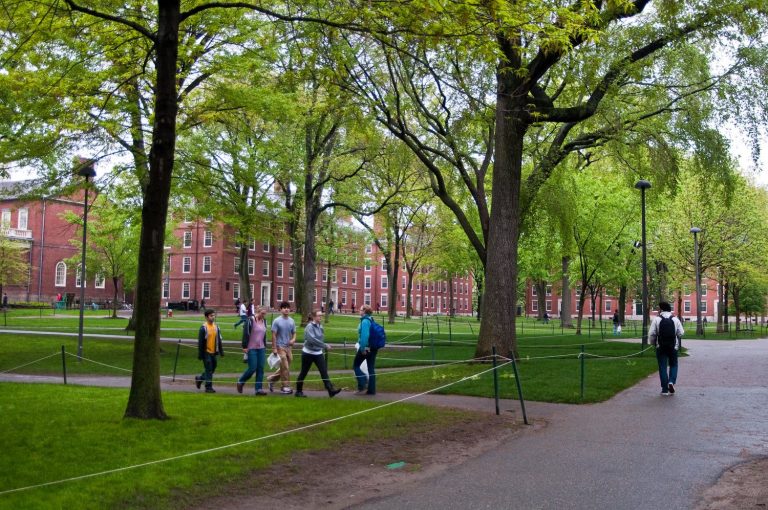
[ad_1]

There was not a single atheist or agnostic at Liberty University. I know, that’s shocking to the readers of this Substack. But what is more interesting to me is that 5% of students at the University of Mississippi — a large state school with a diverse population — identified as atheist or agnostic. That’s in the same general range as an evangelical school like Pepperdine and not that much higher than Hillsdale. Auburn is in a similar class as Ole Miss, with only 8% atheist/agnostic.
There’s really not a lot of rhyme or reason to this list. There are some southern schools, but that’s certainly not the majority. For instance, this graph includes San Diego State, SUNY Albany and Howard — not a lot of overlapping characteristics between those universities.
In the entire sample collected by FIRE, about 19% of students identified as atheist/agnostic. That number didn’t substantively shift when I restricted it to just 18 year olds. It was 46% of first-year students at Harvard. So, atheists/agnostics at Harvard are 2.5 times higher than at the average university. Again, there is some survey methodology issues at play here, but I still think it’s fair to say that Harvard’s campus is a significant outlier when it comes to the number of atheists and agnostics in the classrooms.
Look, I know that Harvard’s incoming class is not just a random slice of graduating seniors across the United States. That’s not how these things work. But at the same time, I think Harvard should focus it’s recruiting efforts on diversity across a number of dimensions. When I just wrote the word “diversity,” I’m sure many of you automatically thought about racial diversity. And that’s certainly part of the equation.
However, what about religious diversity? When Harvard’s campus is 22% Protestant and Catholic and 46% atheist and agnostic, that’s so far afield from diversity that it’s worth some serious reflection. Of course Harvard has no obligation to seek out evangelicals to join their student body or practicing Catholics. But it’s nonsense to think that the classroom would not be more conducive to learning when a variety of religious opinions are represented.
Think about all the fields that intersect with religious questions — philosophy, law, psychology, sociology, political science, art history, anthropology — and the list can go. Diversity means more than just seeking out non-White, non rich kids. It means trying to reflect what the entire student population of the country looks like. Harvard is clearly missing the mark in this regard. I’m not hopeful that they will earnestly seek to provide a diversity of religious viewpoints in their classrooms or dorm rooms in the near future.
This piece is republished from Graphs About Religion on Substack.
Editor’s note: Apparently the Harvard Crimson made an error and the share of Buddhists went from 12.1% to 1.7% but no other percentage changed. Which means that ~10% of their sample is missing from the analysis. I’m not rewriting this post, because everything beside the Buddhist number stayed the same.
[ad_2]
Source link